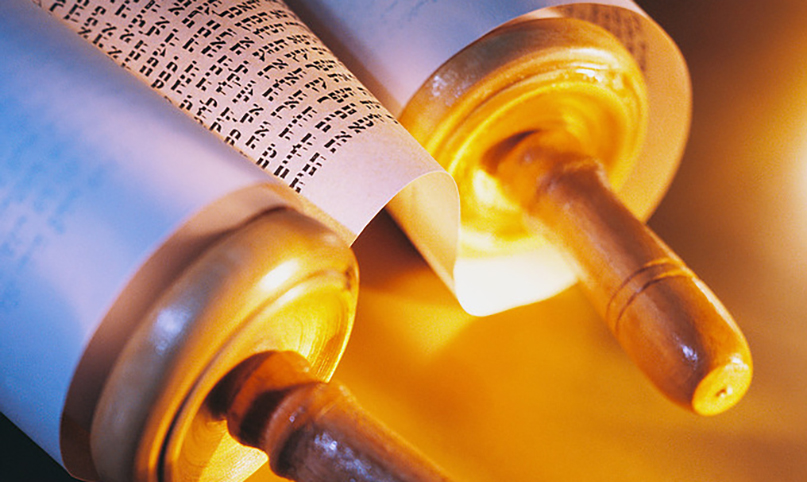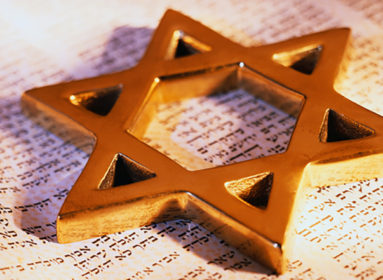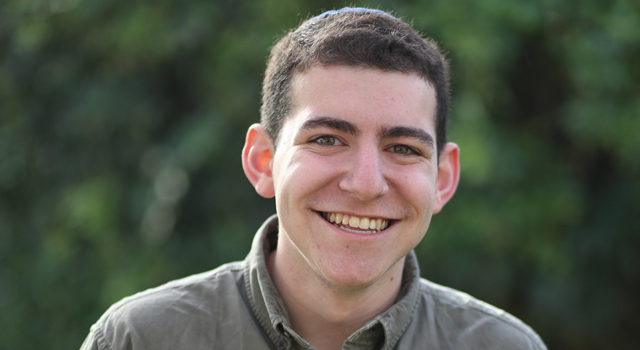
By Rabbi Tzvi Hersh Weinreb
“As soon as you have crossed the Jordan into the land that the Lord your God is giving you, you shall set up large stones. Coat them with plaster and inscribe upon them all the words of this Teaching…On those stones you shall inscribe every word of this Teaching most distinctly” (Deuteronomy 27:2-3, and 8).
What does this phrase, ba’er heitev, translated as “most distinctly,” mean? The Babylonian Talmud Tractate Sotah 32b suggests that the inscription of the “Teaching,” that is, the Torah, should be done in 70 languages, in every language known to mankind. Moses himself, speaking on behalf of the Almighty, instructs the people to engage in that “traitorous” task of translation.
Why was it necessary to translate the Torah into languages which were incomprehensible to the people of Israel? Our Sages offer two very different answers to this question.
The Jerusalem Talmud takes a universalistic approach and suggests that these translations were to bring the teachings of the Torah to the entire world.
The Zohar, the basic text of the Kabbalah, notes that the members of the Jewish High Court, the Sanhedrin, knew all 70 languages. But the Zohar does not take this literally. Instead, the Zohar understands the 70 languages to be a metaphor for the 70 facets of Torah; the 70 different avenues of interpretation with which the sacred text is endowed. The members of the Sanhedrin were thus not linguists, according to the Zohar, but experts in probing the depths of the Torah’s meaning. Perhaps, the 70 languages inscribed on the stones in the River Jordan were also not the languages for the peoples of the world, but were 70 codes enabling so many different approaches to the Torah’s interpretation.
I understand the word “language” more broadly. The word need not be restricted to its literal meaning, referring to French, Spanish, Swahili, and Portuguese. Rather, “language” can refer to a cognitive modality, or to a learning style. Thus, some of us prefer the language of humor, while others prefer the language of logic and reason. We speak of angry language, soothing language, and the language of love. Music is a language, play is a language, and there is even the language of war.
Every teacher knows that he/she must use different “languages” for different students. This does not mean that some speak to some students in English and to others in Yiddish. This means that some students will respond to clear and logical explanations. Others will require anecdotes and stories. Still others will require humor, or perhaps visual illustrations of the subject matter being taught. Because no two individuals learn in the same way, the successful teacher discerns the learning styles of each pupil and develops strategies and modalities that facilitate the learning of every member of the class.
Perhaps this is what the Talmud in Tractate Sotah is really teaching. Inscribed on those stones in the River Jordan were 70 different teaching strategies, 70 pedagogical tools, which would enable every recipient of the Torah to learn its messages in their own idiosyncratic way. Some would learn best by reciting the words by rote until they were memorized. Others would learn by breaking the text down into small phrases and reflecting on them, and still others would learn by using visual imagery to “see” the meaning of the text.
Indeed, the phrase “70 facets of Torah” could be the Zohar’s way of referring to 70 different learning styles, encouraging teachers to identify a “stone in the River Jordan” to match every pupil, even those who on the surface appear unteachable.
In this interpretation of “the 70 languages,” I assert that our Sages were aware of a basic lesson in education: that there is a need for individualized curricula so that diverse populations can all learn well. This lesson is reflected throughout Talmudic literature. Here is one example:
“Observe the excellent advice given to us by the Tanna Rabbi Yehoshua ben Perachya: ‘Make for yourself a teacher, and acquire for yourself a friend…’ If you do this you will find that your teacher will teach you mikrah, mishnah, midrash, halachot, ve’aggadot. Whatever is not conveyed in mikrah (Scripture) will be conveyed in mishnah; whatever is not conveyed in midrash will be conveyed in the halachot; whatever is not conveyed in the halachot will become clear in the study of the aggadot. Thus, the student will sit in place and fill himself with all that is good and blessed.” (Avot DeRabbi Nathan, 8:1)
In this passage our Sages are advocating a richly variegated curriculum. They know that not every student will be fully informed by the study of one subject. The student who fails to gain from the study of mikrah, will gain instead from a very different type of text, mishnah, the early rabbinic codification of the Oral Law. And similarly for midrash, rabbinic lore; halachot, rules and regulations, and aggadot, legends and stories.
Rabbi Tzvi Hersh Weinreb is executive vice president, emeritus of the Orthodox Union.








 Southern New England Jewish Ledger
Southern New England Jewish Ledger










